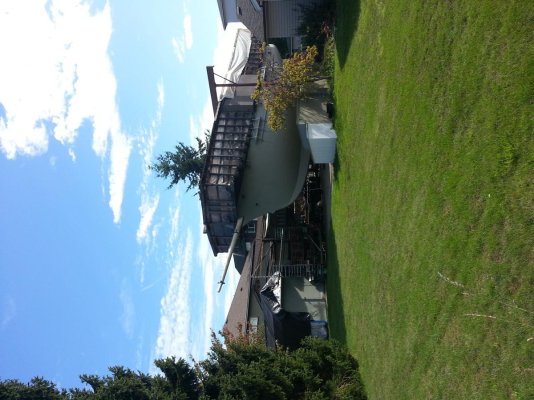ksanders
Moderator Emeritus
I was wondering...
I occasionally hear about Ferro Cement boats, but have never actually seen one. Do they really exist except in a backyard bosat builders imagination? Has any professional outfit ever made one?
Is this a material to consider for a ocean going boat?
It is interesting reading about the technology though...
I occasionally hear about Ferro Cement boats, but have never actually seen one. Do they really exist except in a backyard bosat builders imagination? Has any professional outfit ever made one?
Is this a material to consider for a ocean going boat?
It is interesting reading about the technology though...



